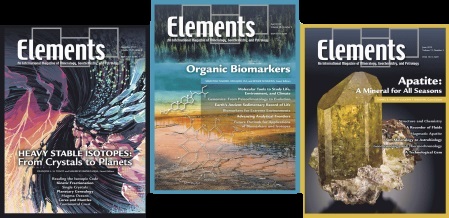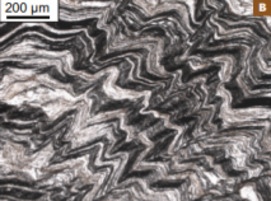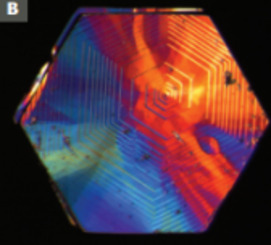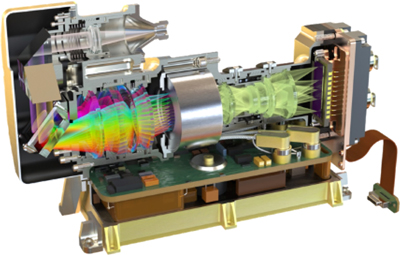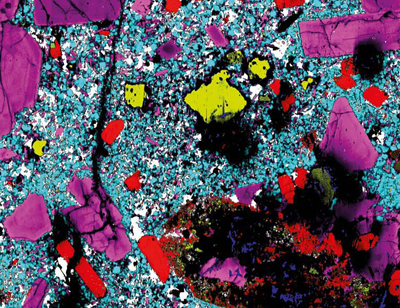From Organic Matter to Graphite: Graphitization
Organic compounds, which on Earth originate mainly through biological activity, are transformed under the physical conditions of Earth’s crust, with the end product being graphite. In this graphitization process, they pass progressively and irreversibly through a wide variety of intermediate macrostructures and nanostructures before finally attaining the stable graphite structure. Characterizing this rich array of carbon structures, which are also of industrial interest, provides valuable information on the geological processes affecting carbon-bearing rocks. These processes impact global energy supplies, the geophysical behavior of the crust, and the habitability of the surface environment.
From Organic Matter to Graphite: Graphitization Read More »

